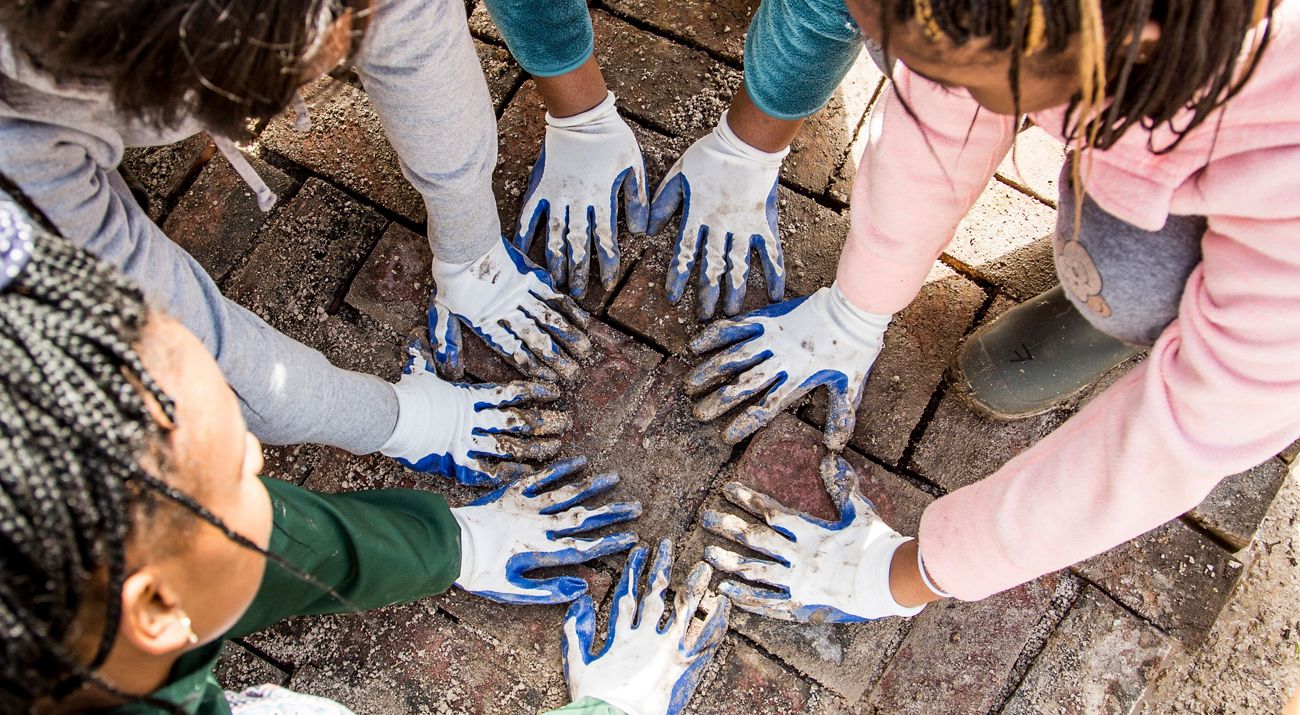Nature Needs You
We have years, not decades, to solve the climate and biodiversity crises. We can get there, but only if we work together. There are so many ways you can get involved and do your part to support a world where people and nature thrive together.
Ways to Get Involved
Show your love for nature by taking action today.
-
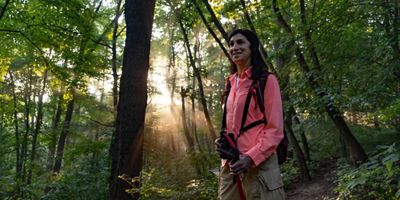
Visit a Nature Preserve
Our network of protected lands host rare plants and animals and serve as living laboratories for conservation. Come get outside!
-
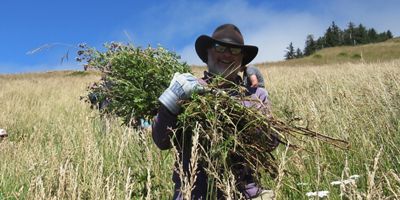
Volunteer With Us
Help out in person on one of our preserves, or leverage your skills and interests in a virtual volunteering opportunity.
-
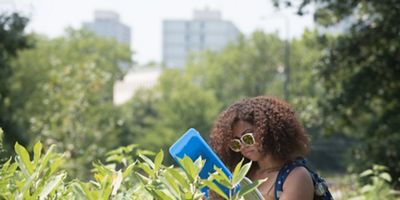
Take an Action Pledge
Make your voice heard on the urgent issues facing our planet. Our Action Center helps you easily contact your elected officials.
-
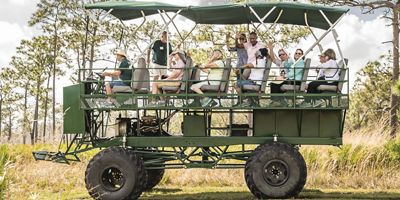
Attend an Event
Go on guided tours of our preserves or join a virtual event to connect with fellow nature lovers and learn from scientists and other experts.
Stay in the Loop
Get conservation stories, news and local opportunities from where you live.
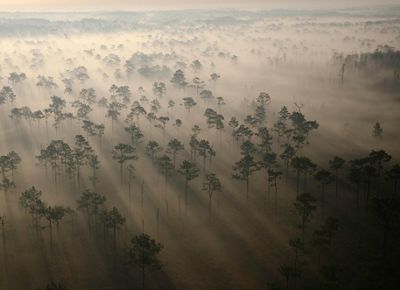
Carbon Footprint Calculator
What’s your carbon footprint? Use our tool to find out, compare it to the average, and take action.
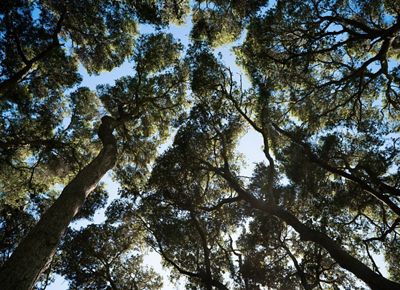
Plant a Billion
Our goal is to plant 1 billion trees to help restore our global forests. It’s a big number, but we know we can do it with your help.
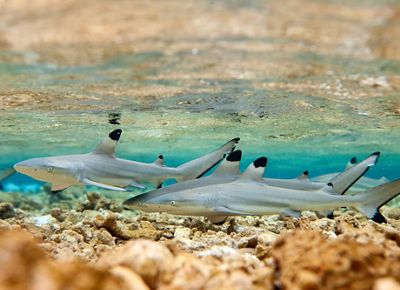
Animals We Protect
TNC works with partners across the globe to protect and restore wildlife habitat to ensure the wellbeing of even the most threatened animal species.
Looking for other ways to get involved?
Donate today and you’ll fund direct conservation and advocacy work where it’s needed most urgently. Your generous support puts the best conservation science into action right now, so we can take on the biggest, most complex challenges of our lives.
